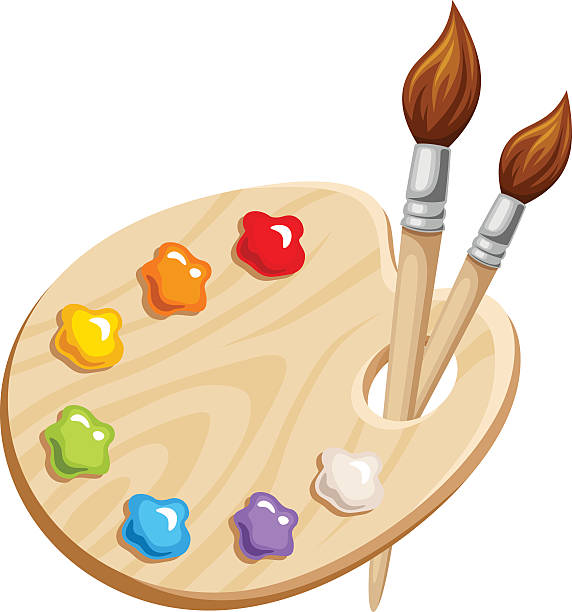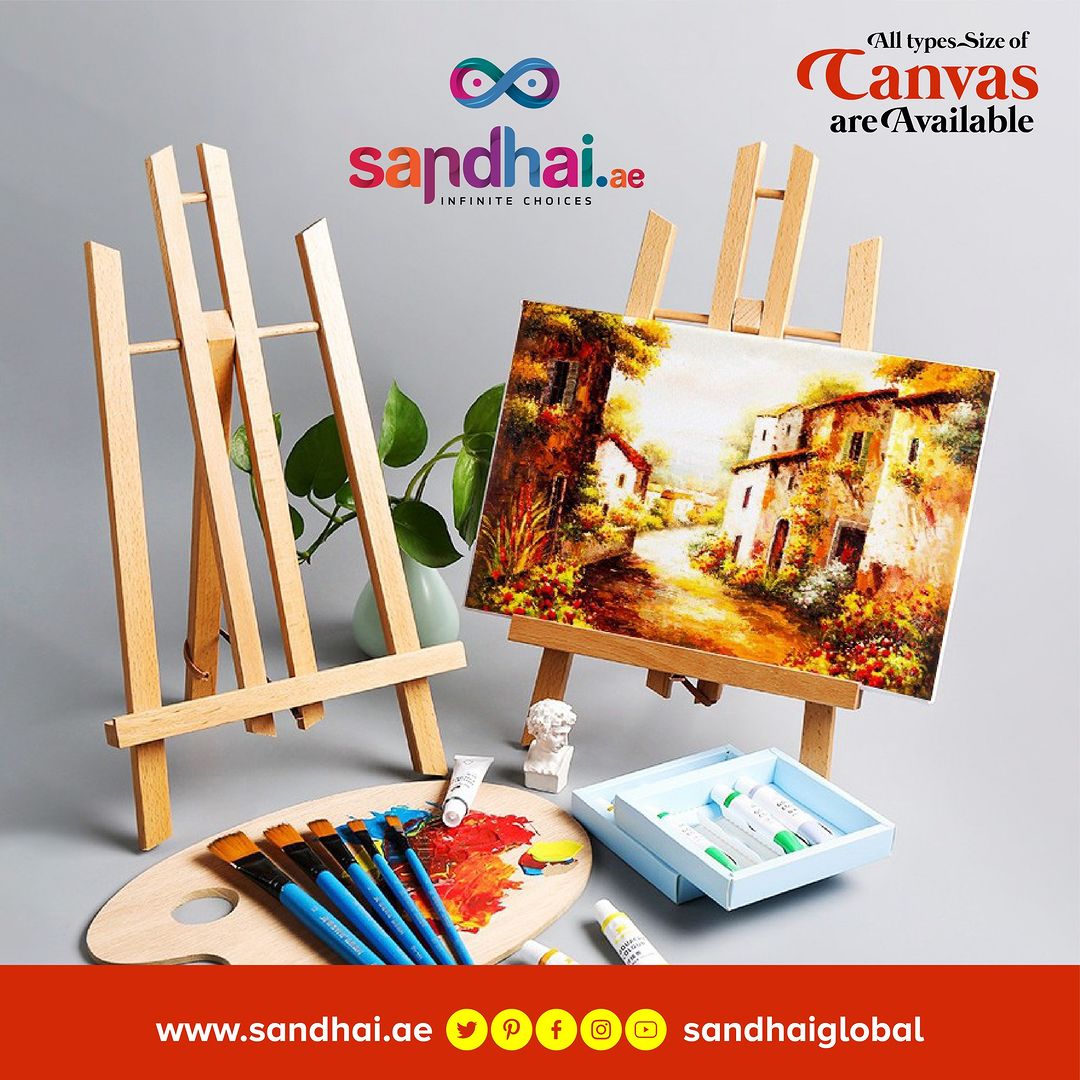Introduction
Watercolor painting is a beautiful journey open to everyone. It’s a fun and easy art form that lets you create stunning pieces with just a few simple supplies. You can paint bright, flowing colors or soft, dreamy scenes. Its versatility makes it a favorite for artists of all kinds.
Maybe you’re thinking, “I’m not artistic enough,” or “This looks too hard.” We hear you. Lots of new painters feel this way. But don’t let those worries hold you back. These ideas are made for quick success and a big boost of confidence.
Get ready to dip your brush into the world of watercolors. We’ve put together ten super easy watercolor ideas to get you started today. You’ll find practical advice and plenty of inspiration to make your first paintings truly enjoyable.
Getting Started with Essential Watercolor Supplies
Starting with the right tools makes all the difference. You don’t need fancy, expensive items to create amazing art. Simple, beginner-friendly supplies are perfect. Knowing what each tool does helps you paint with confidence.
Understanding Your Brushes
Brushes are your main tool for painting. For beginners, a few types are very useful. Round brushes work great for lines and details. Flat brushes help you lay down even color over larger areas. Try a medium-sized round brush and a small flat brush to begin.
Different sizes also do different jobs. A larger brush can cover big spaces quickly. A smaller brush is best for tiny details or fine lines. Don’t worry too much about having every brush right away. You can do a lot with just one or two good ones.
Choosing the Right Paper and Paints
Watercolor paper is super important for good results. It’s thicker than regular paper, usually 140 lb (300 gsm). This thickness keeps it from wrinkling when wet. Look for cold-press paper, which has a nice texture that holds paint well.
For paints, you can pick pan sets or tube paints. Pan sets are dry cakes of color in a tray; just add water to use them. Tube paints are like toothpaste and give brighter colors. Both are great for beginners. Also, grab a simple mixing palette. You can even use an old ceramic plate.
Essential Accessories to Have
Beyond brushes, paper, and paints, a few other things come in handy. You’ll need a water container, like an old jar or cup, to clean your brushes. Paper towels or a soft rag are great for drying brushes or blotting extra paint. A roll of masking tape helps keep your paper flat on a surface.
Don’t forget a pencil and an eraser for light sketching. Sketching out your ideas first can make painting much easier. These small things help your painting process go smoothly.
10 Easy Watercolor Ideas for Beginners
Now, let’s get to the fun part: painting! These projects are simple, quick, and perfect for learning new skills. Each one helps you understand watercolors a little better. You’ll be surprised what you can create.
Idea 1: Simple Gradient Sky
Creating a smooth sky is a fantastic way to learn washes. Pick two or three colors, like blue, purple, and a hint of pink. Paint your paper with clean water first, making it wet-on-wet. Then, gently add your colors, letting them flow and blend into each other. You’ll get soft, dreamy transitions. You can even lift a bit of color with a dry brush to suggest fluffy clouds.
Idea 2: Loose Floral Wreath
Paint simple, almost abstract, flowers and leaves. Start with basic shapes, like circles or teardrops, for your petals. Don’t worry about perfect lines. Let the colors blend on the page. Arrange them in a loose circle to form a wreath. This method is all about feeling the flow of the paint. It teaches you to layer colors without needing super fine details.
Idea 3: Abstract Color Blobs
This idea is all about playing and experimenting. Pick a few of your favorite colors. Dab them onto your paper, letting them mix and spread. See what happens when you use more water with your paint, or less. Different water-to-paint ratios create varied, cool effects. It’s a fun way to understand how water controls your paint.
Idea 4: Monochromatic Landscape
A monochromatic landscape uses only one color. You’ll use different shades of that color to create depth. For example, use a deep blue for distant hills and lighter blues for closer elements like trees or water. This helps you focus on light, shadow, and shape. It’s a great exercise for understanding values.
Idea 5: Textured Fruit or Vegetable
Choose a simple fruit like an apple, a lemon, or a pear. Paint its basic shape with a light wash. Then, add texture by layering slightly darker shades. You can use dabbing or stippling for a bumpy surface. Focus on how light hits the fruit and creates shadows. This simple project helps with form and dimension.
Idea 6: Geometric Shapes with Color Blocks
Use masking tape to create clean, sharp edges for geometric shapes. Tape off squares, triangles, or rectangles on your paper. Paint inside these shapes with flat, even washes of color. Once dry, peel off the tape to reveal crisp lines. This technique teaches control and the importance of letting layers dry.
Idea 7: Galaxy Effect
To create a galaxy, start with a wet-on-wet wash of dark blues and purples. Let these colors blend freely. While it’s still damp, splatter some white paint with an old toothbrush for stars. You can also sprinkle a tiny bit of salt onto the wet paint. It will create unique, starry textures as it dries.
Idea 8: Watercolor Butterflies
Paint two mirror-image wing shapes. Fill them with bright, contrasting colors or gentle gradients. Don’t worry about perfection; let the colors flow. Once dry, use a fine brush and darker paint to add simple patterns or dots on the wings. Finish with a small body and antennae. It’s a lovely way to practice symmetry and small details.
Idea 9: Cute Animal Silhouettes
Draw a simple outline of an animal like a cat, dog, or bird. Fill the animal shape completely with a dark, solid color. Then, paint a colorful, blended background around it. The contrast makes the silhouette pop. It’s an easy way to make an impactful image.
Idea 10: Simple Leaf Study
Find a leaf outside or look at a picture. Sketch its basic shape lightly on your paper. Paint the leaf with different shades of green or autumn colors. Use a fine brush to add the main vein lines when the paint is mostly dry. This helps you practice observation and fine brush control.
Mastering Basic Watercolor Techniques
Learning a few key techniques can totally change your watercolor game. These skills apply to almost everything you paint. Practice them often, and you’ll see huge improvements.
The Magic of Wet-on-Wet
Wet-on-wet is a fantastic technique for soft, blended results. You simply apply wet paint to paper that is already wet with clean water. The colors spread out and mix on their own. This creates dreamy, soft edges and beautiful gradients. Try it with two colors side-by-side. Watch them dance and mingle right before your eyes.
Understanding Washes: Flat and Graded
A flat wash means applying an even layer of color across an area. It looks smooth and consistent. A graded wash, on the other hand, slowly changes from dark to light, or from one color to another. To do a graded wash, load your brush with paint, then gradually add more water to your brush as you move down the page. This creates a lovely fade effect.
Lifting and Masking
Lifting paint means taking some color off the paper. You can do this with a clean, damp brush or a paper towel. It helps create highlights or softer areas. Masking fluid or masking tape is used to protect parts of your paper. Apply it where you want to keep the paper white. Paint over it, and once dry, peel it off to reveal crisp white areas. This method is great for adding bright details later.
Beyond the Basics: What’s Next?
You’ve got the basics down, now keep going! Watercolor is a journey of constant discovery. Don’t stop exploring after these first few ideas. There’s a whole world of color waiting for you.
Practicing and Experimenting
The more you paint, the better you get. Try painting the same idea a few times, changing the colors or making small tweaks. Experiment with different brushes or paper types. Play with how much water you use. Each session is a chance to learn something new about your materials. Practice helps your hand become steadier and your eye sharper.
Finding Inspiration and Community
Look for inspiration everywhere! Art books, online tutorials, and social media art groups are full of ideas. See how other artists use watercolors. You might find a local art class or workshop to join. Sharing your art and learning from others is a great way to stay motivated.
Conclusion
You now have ten easy watercolor ideas and a grasp of key techniques. Remember, watercolor painting is about enjoying the process. It’s about letting your creativity flow, not about making a perfect picture every time. Every stroke is a step in your artistic journey.
Grab your brushes, pick an idea, and just start painting. Don’t wait for the “right time.” The best time to create is now. Your inner artist is ready to play.



